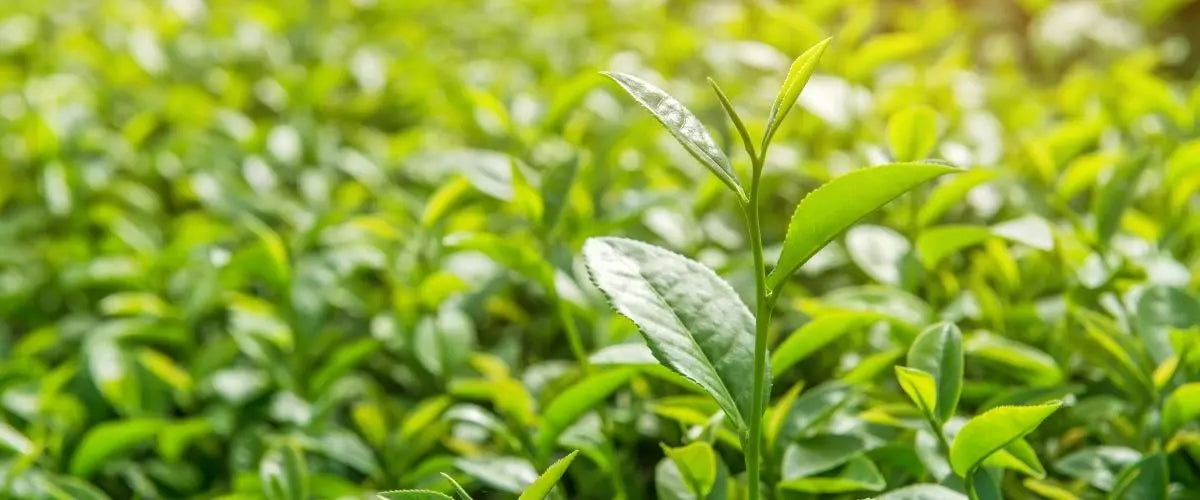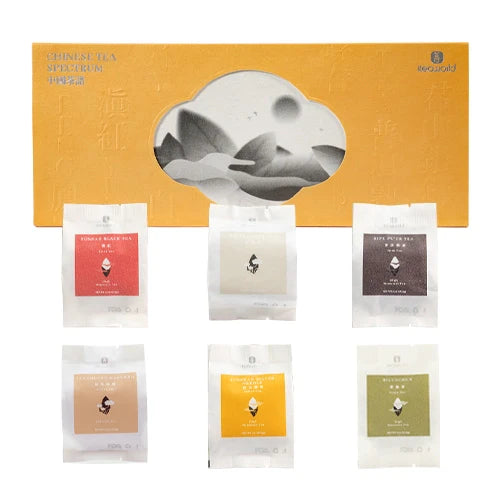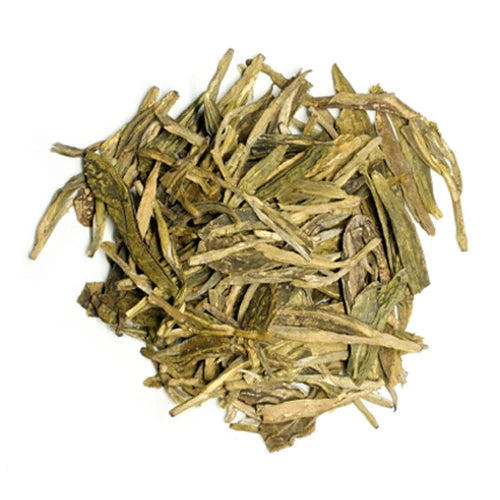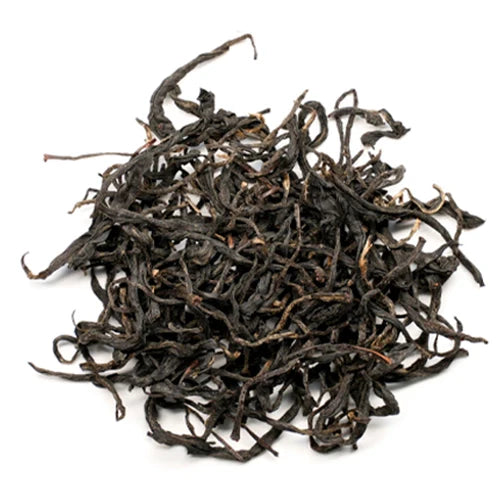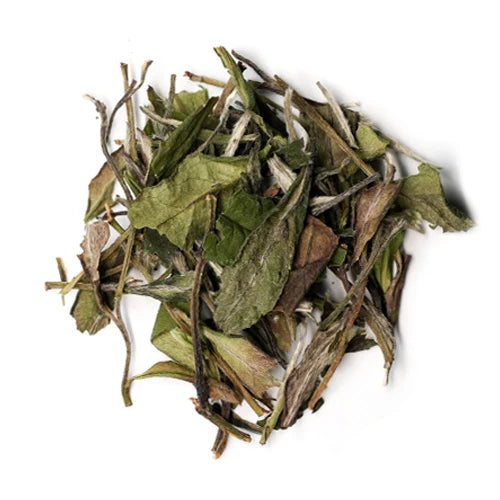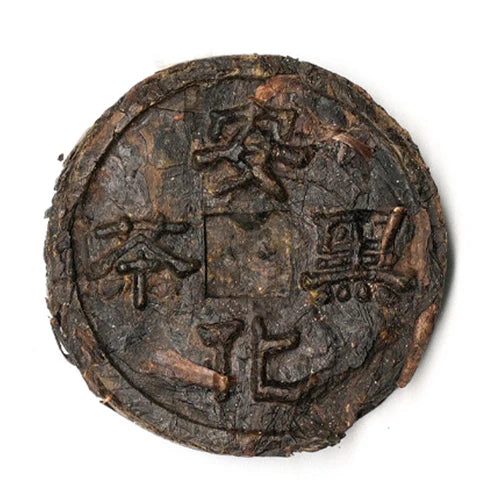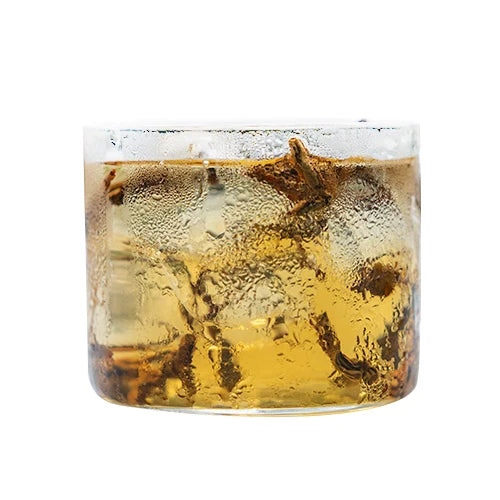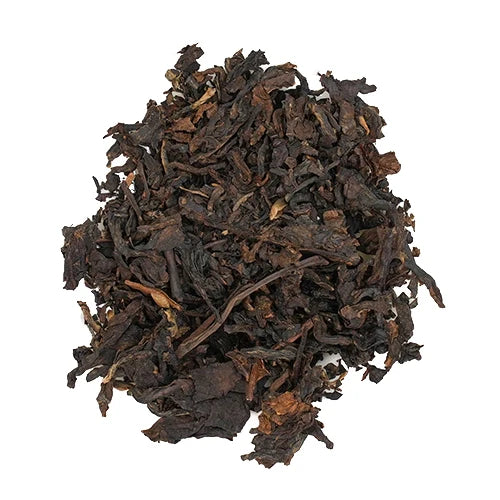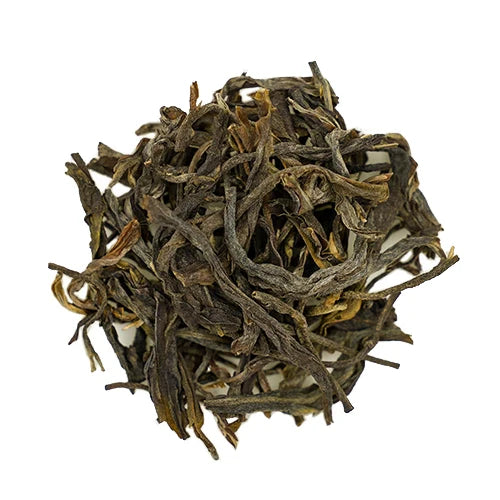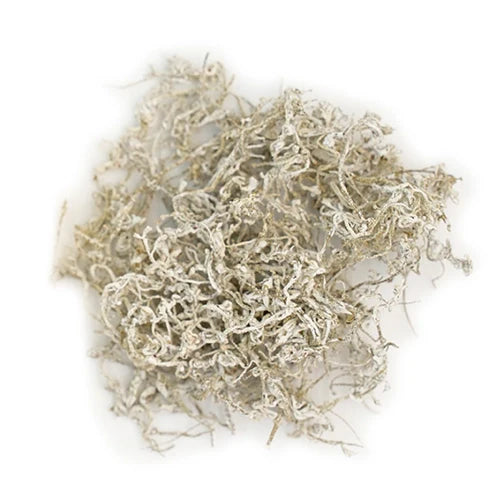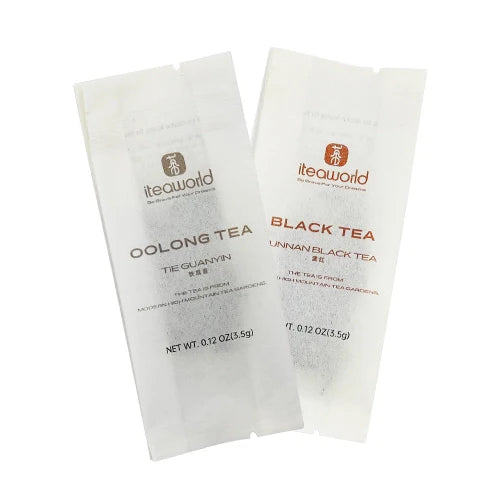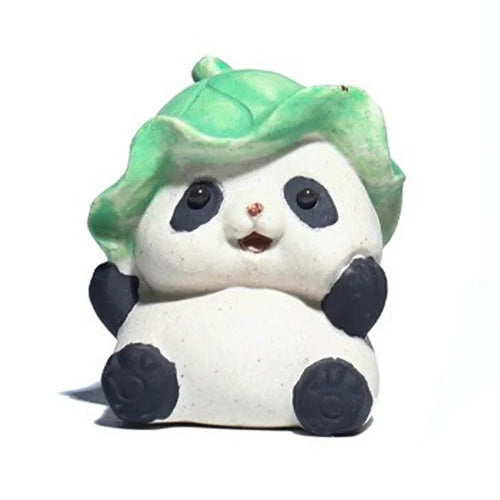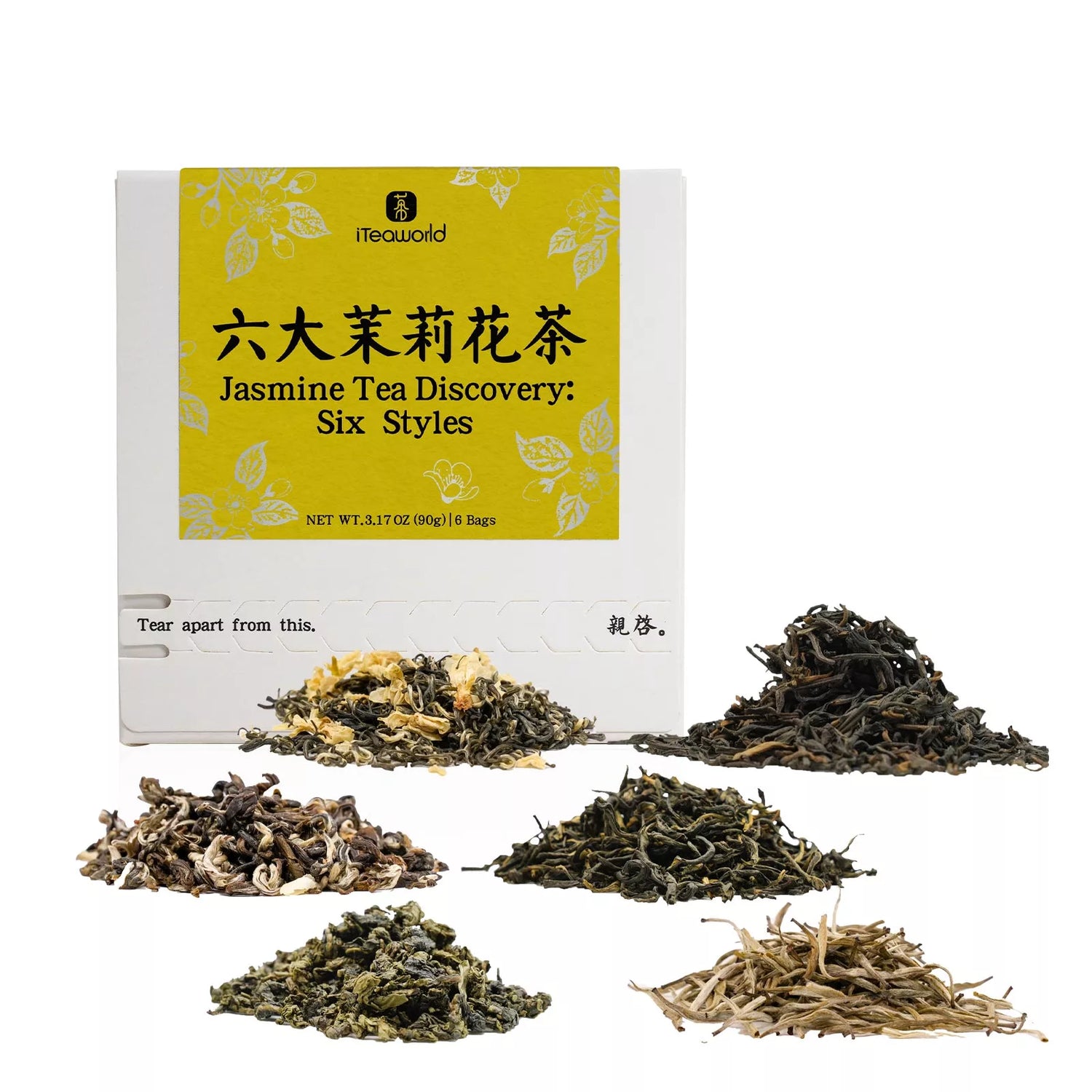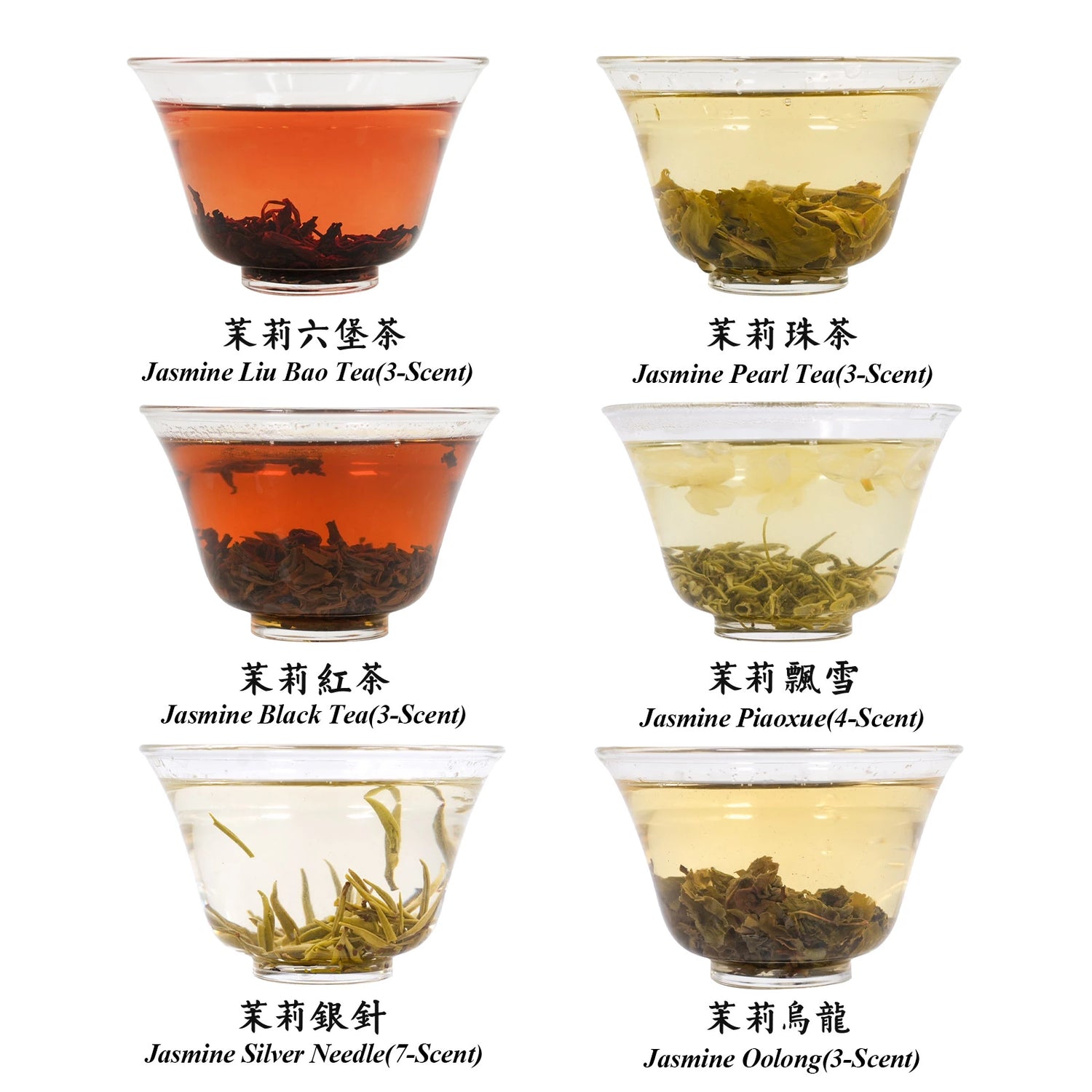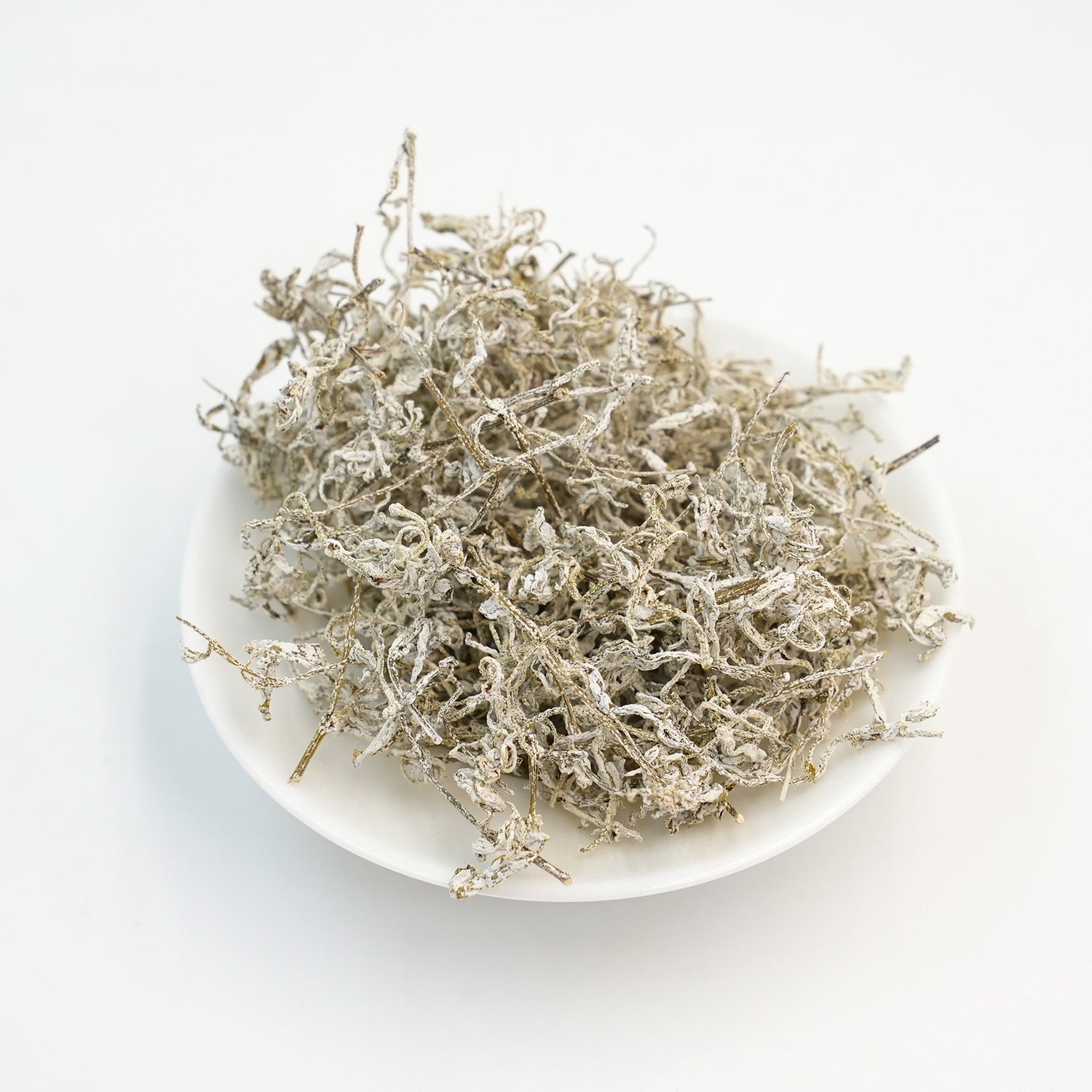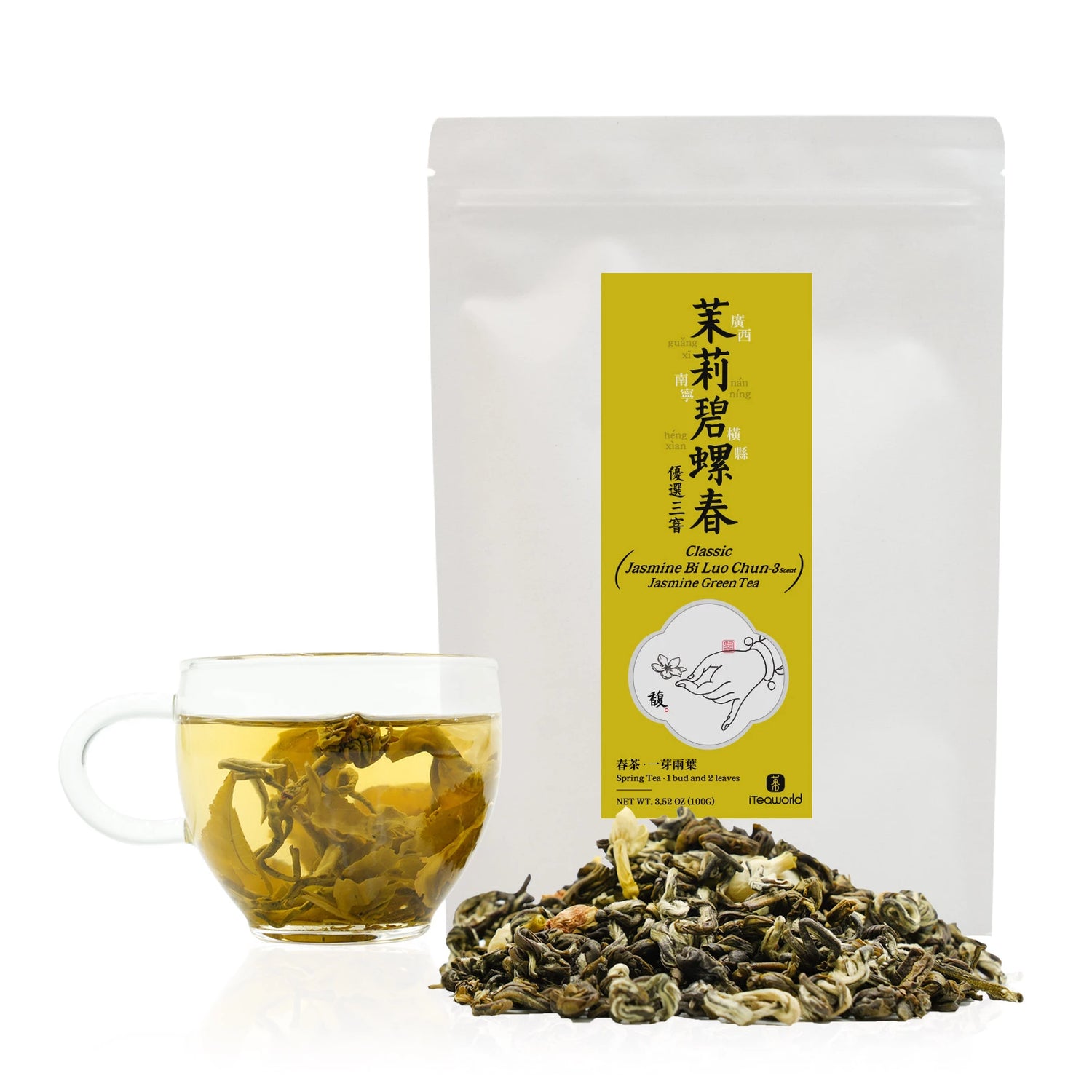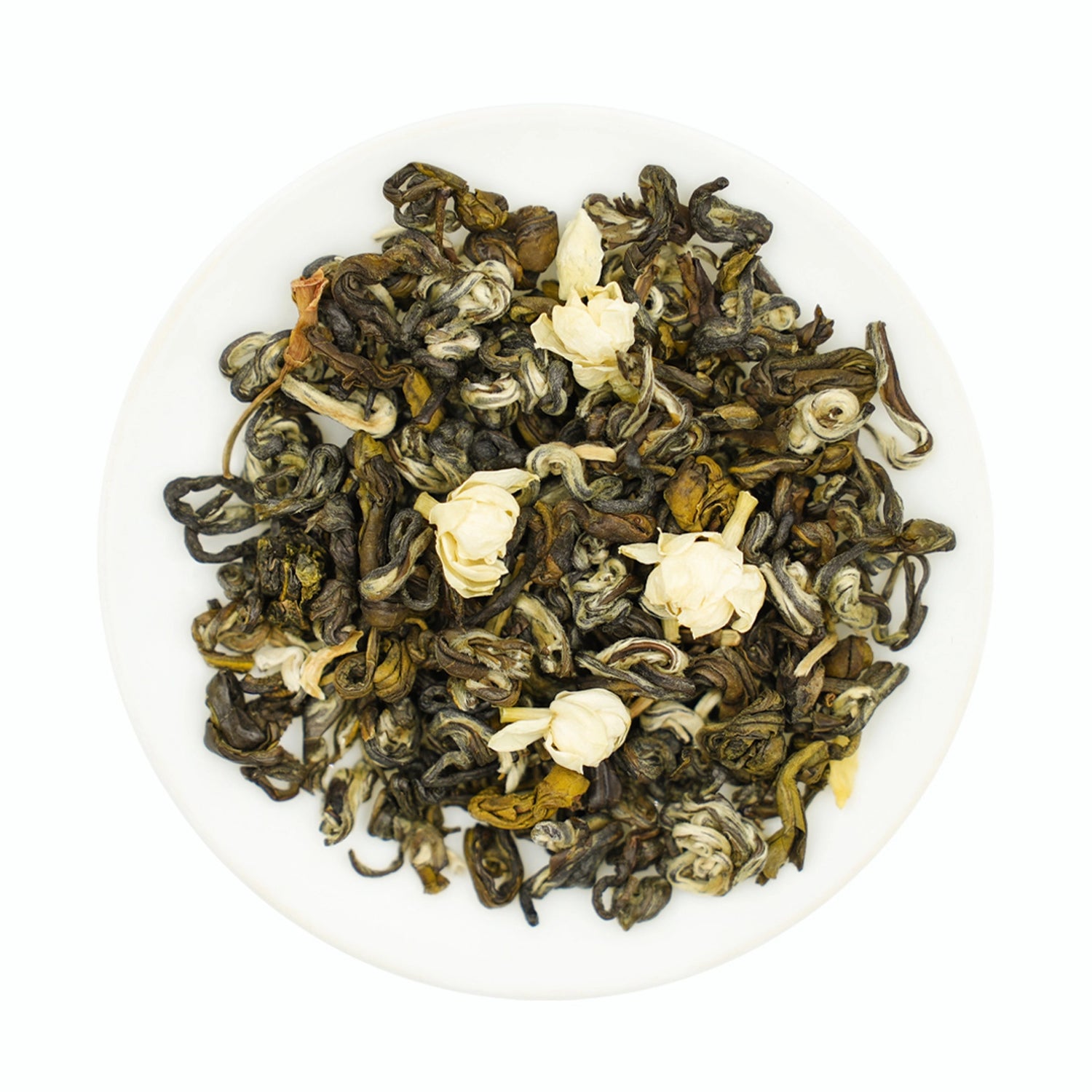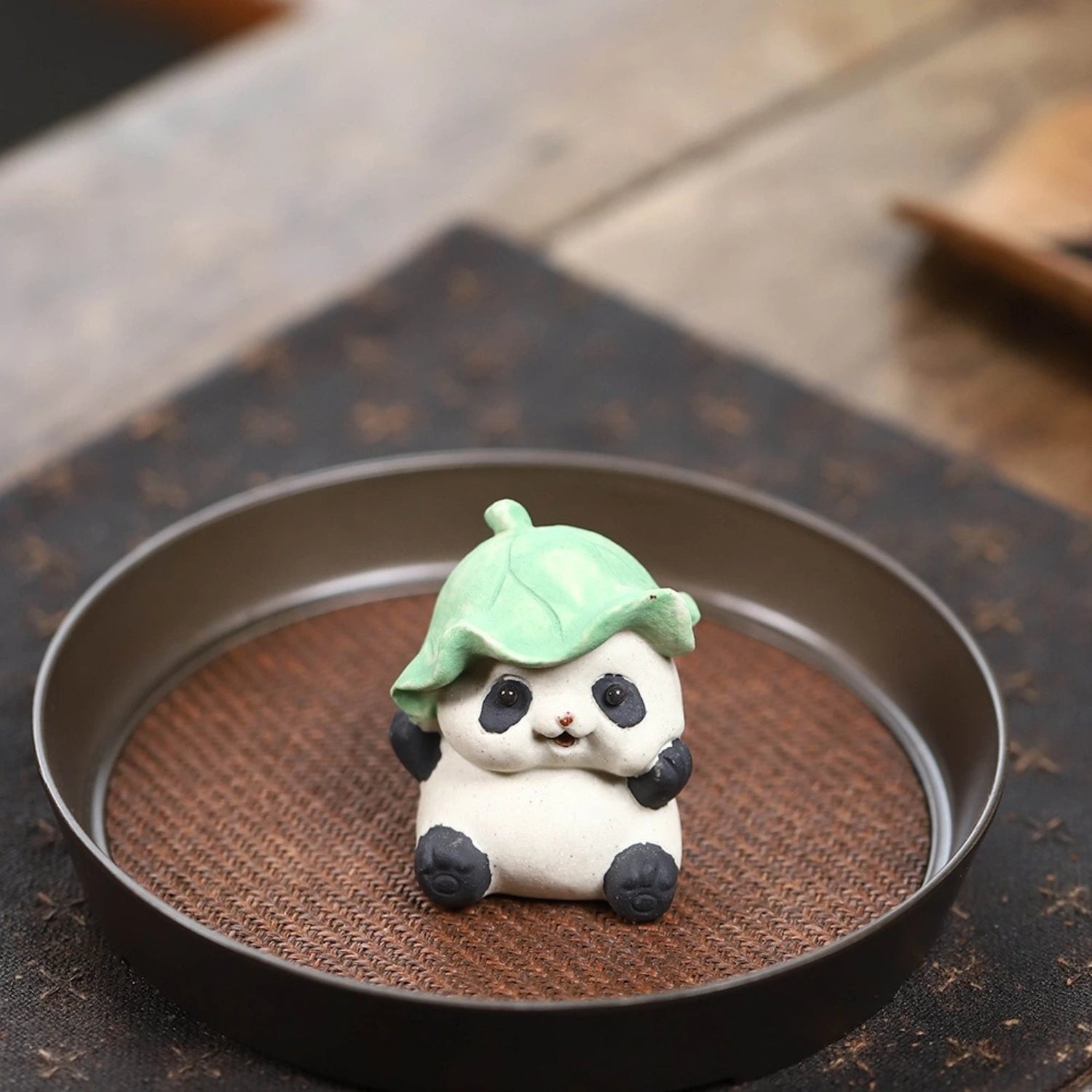Сортировать по:
14 продуктов
14 продуктов
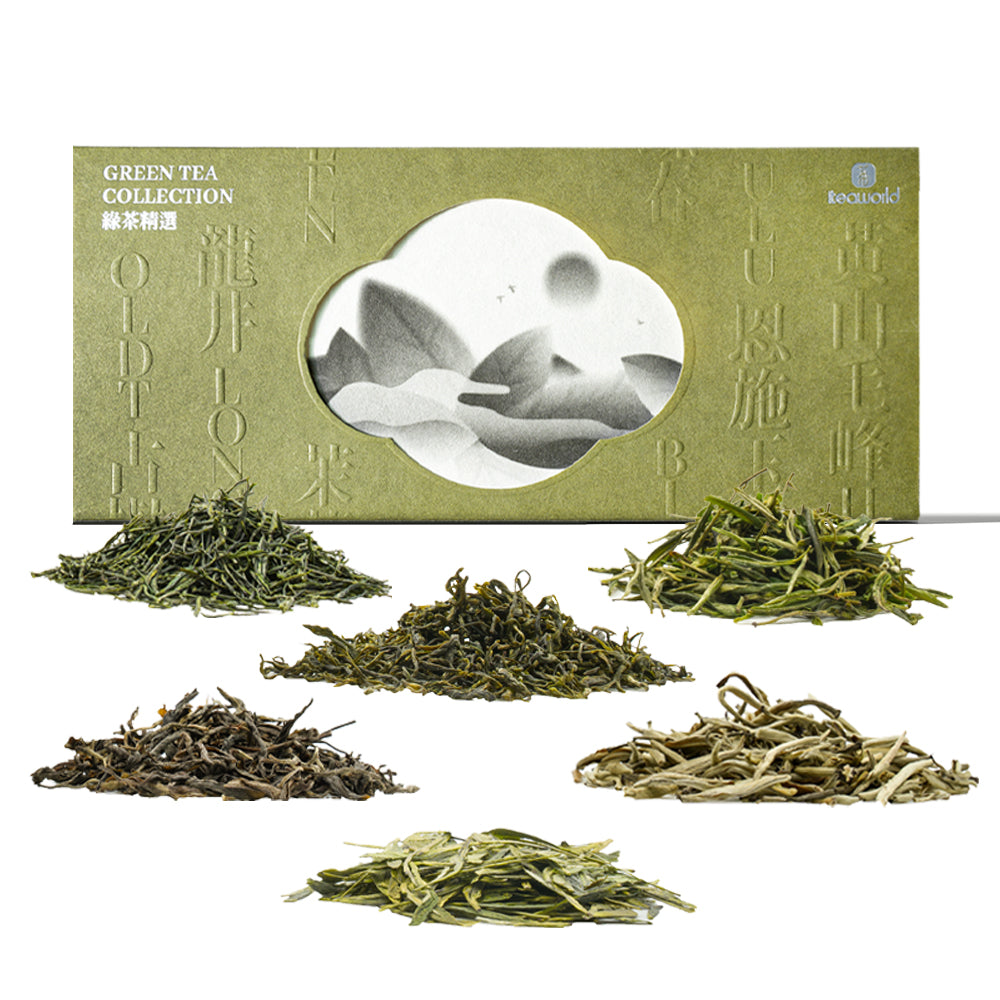

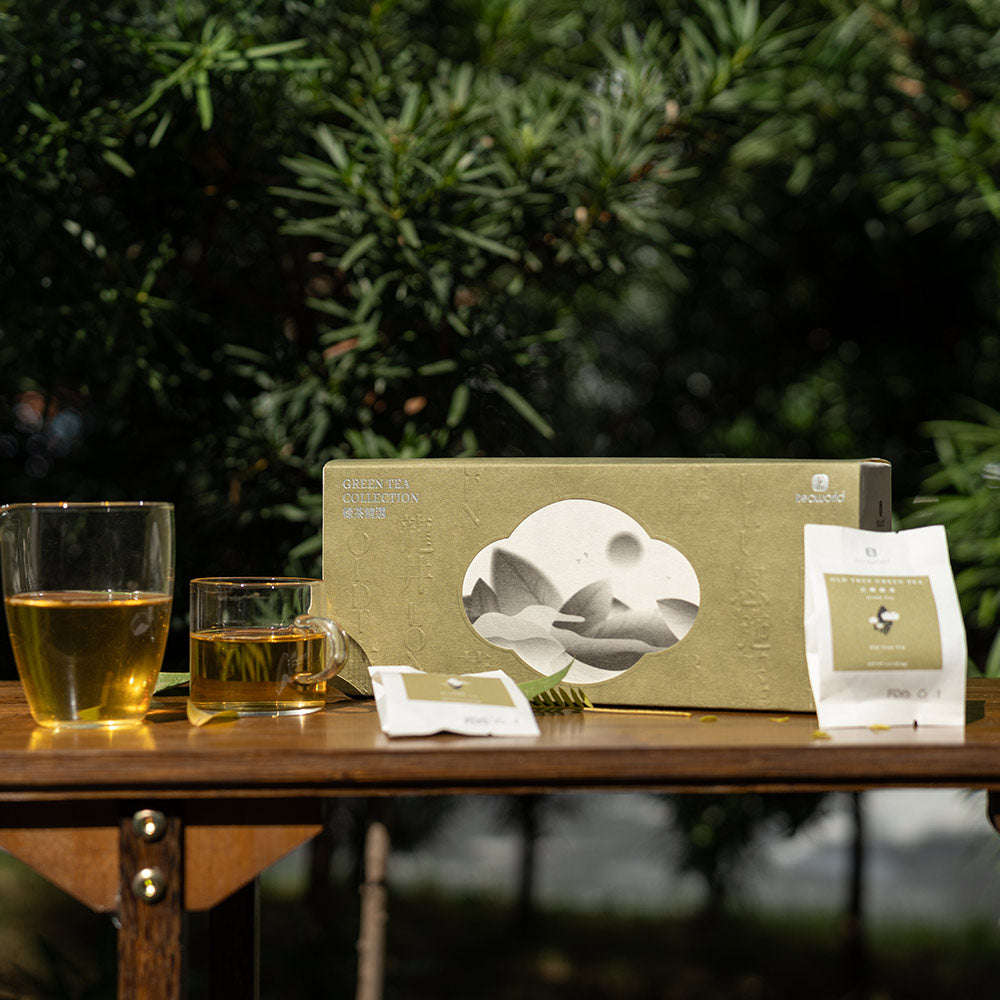
Коллекция китайского зеленого чая – 6 сортов премиального чая для любителей чая 100 г
Коллекция китайского зеленого чая – 6 сортов премиального чая для любителей чая 100 г
Глоток спокойствия: шесть исключительных зеленых чаев, каждый из которых — поэтическое путешествие. От Эньши до Хуаншаня, дань уважения чайным фермерам. Закройте глаза и почувствуйте объятия природы. Включает Эньши Джейд Дью, Колодец Дракона, Билуочунь, зеленый чай с жасмином, зеленый чай с древним деревом и Хуаншань Маофэн. Почувствуйте сущность китайского зеленого чая, очищающее спокойствие, как ивы на берегу реки весной. Примите спокойствие и наслаждайтесь отдыхом с каждой чашкой.



Chinese Floral Tea Collection — 10 Tea, 10 Blessings, Best Fragrance
$24.99 USD
Цена за единицу товара заChinese Floral Tea Collection — 10 Tea, 10 Blessings, Best Fragrance
$24.99 USD
Цена за единицу товара заA selection of ten traditional Chinese flower-scented teas — from jasmine and osmanthus to rose, pomelo blossom, and bitter orange flower.
Each tea is crafted with the ancient art of natural scenting, where blossoms and tea leaves merge in harmony.
Free from artificial flavors or additives, every blend reflects the patience of artisans and the gift of nature.
May this gentle fragrance bring you moments of calm and joy.
This collection brings together six varieties of jasmine tea, crafted from five carefully selected tea bases — white, green, oolong, dark, and black tea — and refined through three to seven rounds of traditional fresh-flower scenting. The result is an elegant aromatic journey, unfolding from light and graceful to deep and mellow. Perfect for every season, always accompanied by the gentle fragrance of jasmine.
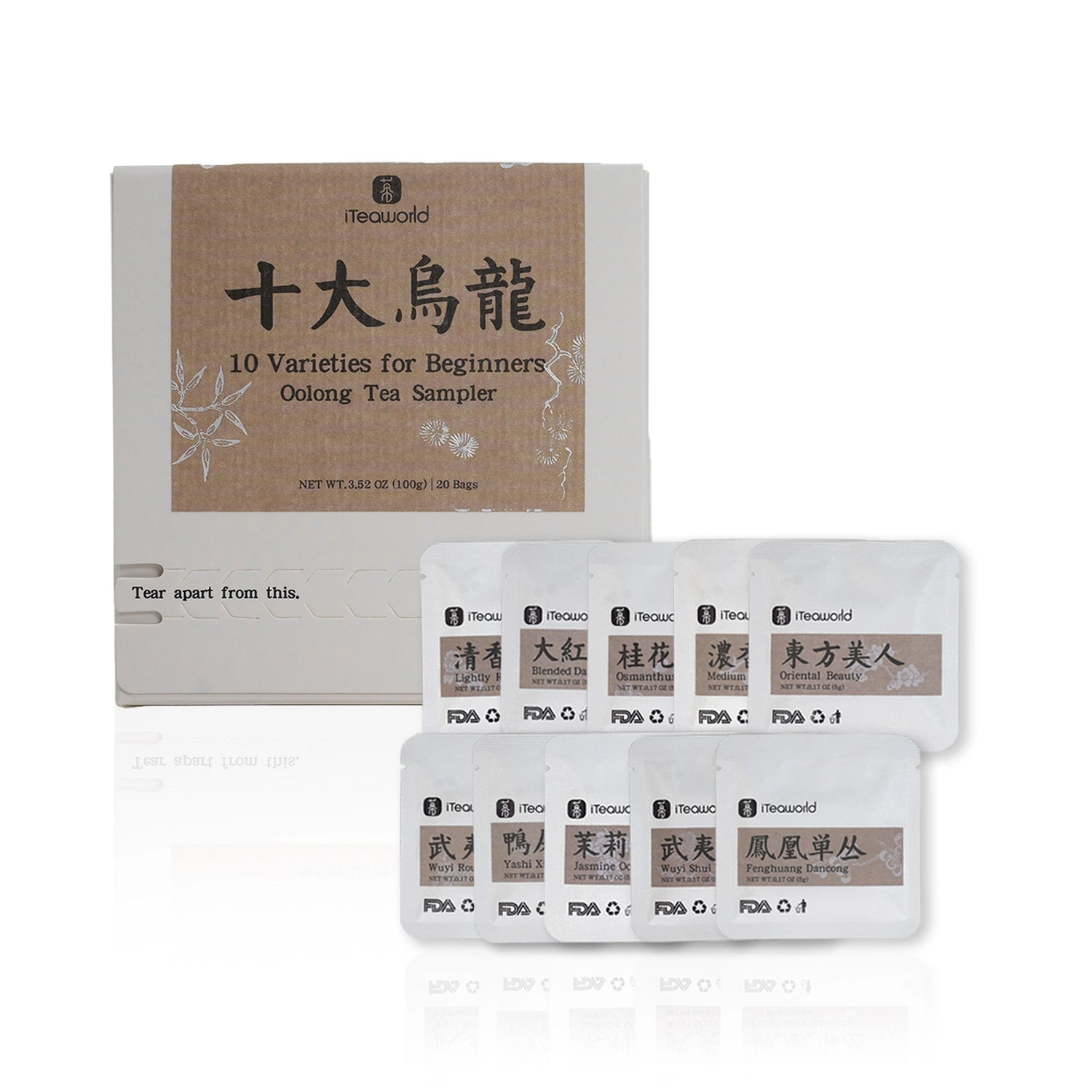

Коллекция улунских чаёв – 10 лучших классических чаёв для начинающих 100 г (20 пакетиков)
$19.99 USD
Цена за единицу товара заКоллекция улунских чаёв – 10 лучших классических чаёв для начинающих 100 г (20 пакетиков)
$19.99 USD
Цена за единицу товара заЛучшая коллекция улунского чая для начинающих, включающая 10 самых знаковых и популярных китайских улунских чаев, а также 2 мини-блинчика каждого сорта (всего 20 штук) .
Каждый чай изготавливается из тщательно отобранных листочков и прессуется в удобные мини-брикеты весом 5 г — просто бросьте их в горячую воду, никакие чайные принадлежности не требуются.
В этом тщательно подобранном наборе представлен широкий спектр натуральных вкусов улунов: от свежих цветочных нот Те Гуань Инь до насыщенного вкуса глубокой прожарки Да Хун Пао.
Абсолютно никакого добавленного сахара, искусственных ароматизаторов и красителей — только 100% натуральный чай.
Это идеальный способ познакомиться с настоящим китайским чаем улун и найти свои любимые сорта — путешествие в мир настоящего чая с минимальным риском и высокой ценностью без лишних хлопот.
Обратите внимание: поскольку мини-лепешки изготавливаются из целых листьев, которые размягчаются и прессуются, при заваривании могут появляться небольшие фрагменты листьев — это совершенно нормально и является частью натурального процесса заваривания чая.
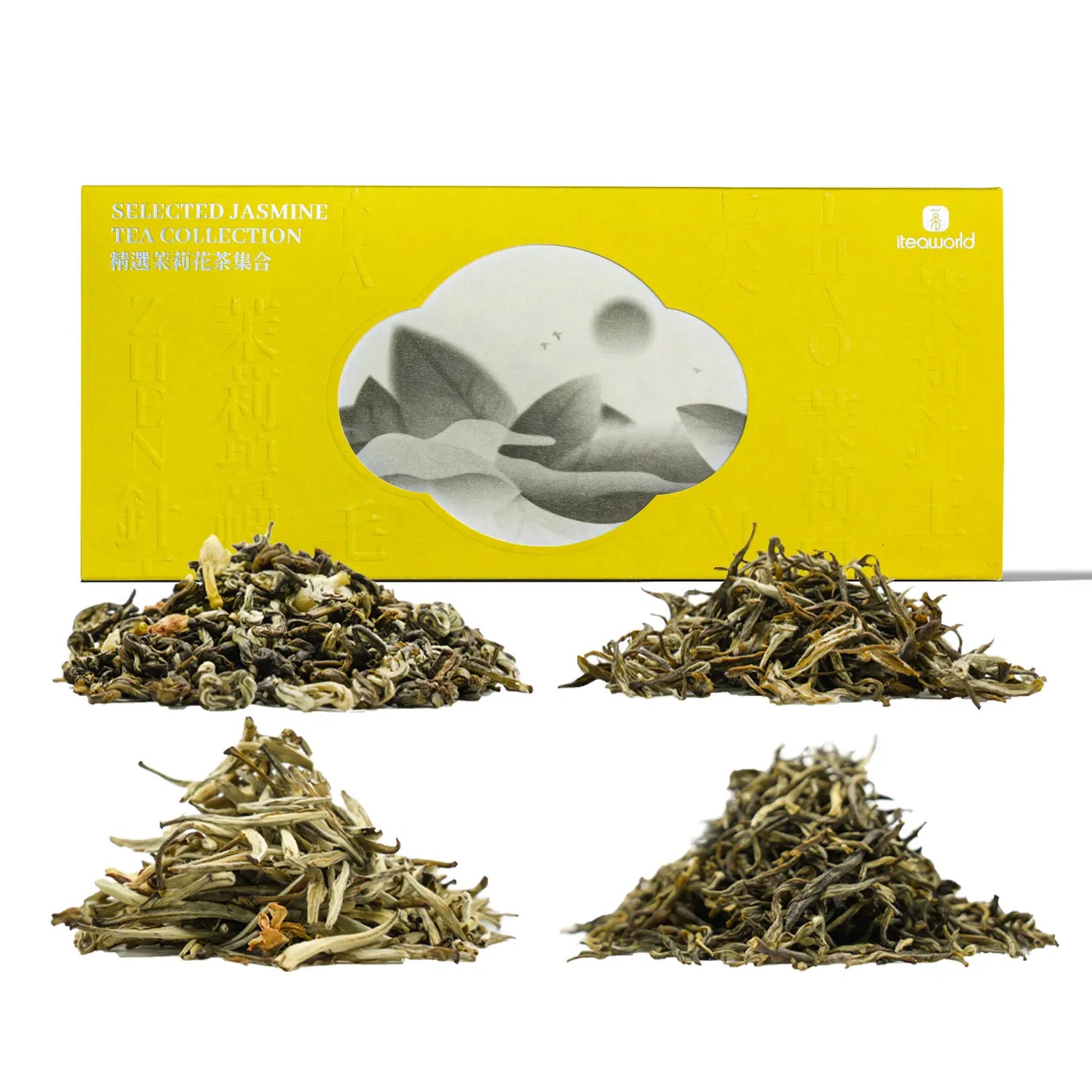
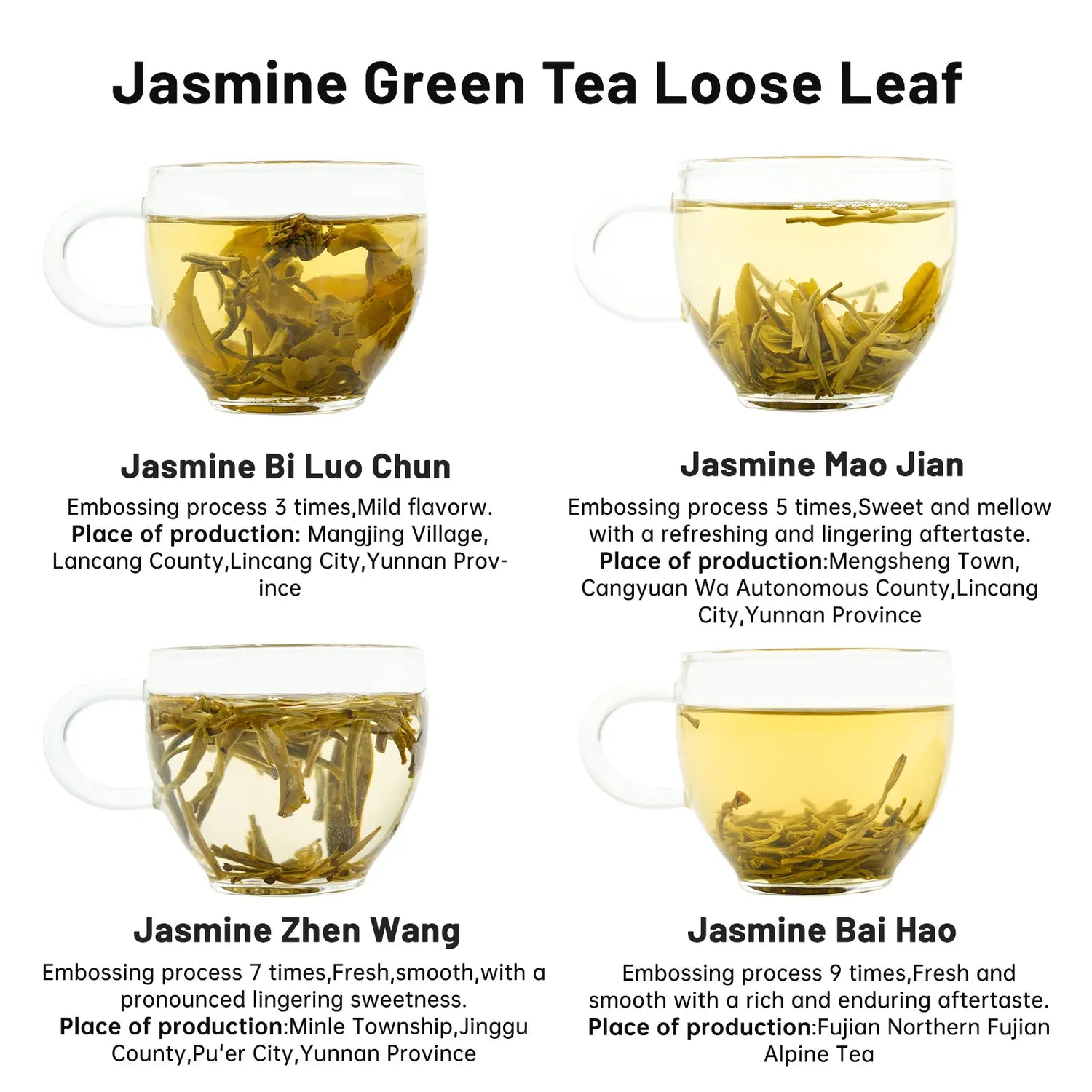
Коллекция зеленого чая с жасмином – ароматизировано от 3 до 9 раз
От $19.99 USD
Цена за единицу товара заКоллекция зеленого чая с жасмином – ароматизировано от 3 до 9 раз
От $19.99 USD
Цена за единицу товара за Введение
Жасминовый чай получают путём смешивания готовых базовых чаёв со свежими цветками жасмина, что позволяет сухим чайным листьям впитать цветочный аромат. Полученный чай называется жасминовым чаем.
В основе нашего пробника зелёного чая с жасмином лежат четыре вида китайского зелёного чая, каждый из которых ароматизирован цветами жасмина, прошедшими разное количество сеансов — 3, 5, 7 и 9. Эти чаи представляют собой различные классические формы зелёного чая в Китае:
- Завитой (Билуочунь)
- Плотно скрученные с заметными серебристыми почками (Мао цзянь)
- Игольчатый (Чжэнь ван)
- Покрытый тонкими белыми волосками (Бай хао)
Каждый сорт обладает уникальным вкусом зелёного чая. С каждым сеансом ароматизации аромат жасмина становится всё более интенсивным, позволяя вам ощутить истинное мастерство традиционного китайского цветочного чая.
Для кого это?
С того момента, как вы откроете упаковку, вас встретит элегантный аромат жасмина — успокаивающий и освежающий, словно вы шагнули в безмятежный сад. Профиль вкуса варьируется от лёгкого и нежного до насыщенного и насыщенного, предлагая восхитительные вариации.
Зелёный чай с жасмином идеально подходит тем, кто любит цветочные ароматы и освежающий зелёный чай. Он помогает расслабить ум, повысить бдительность и улучшить обмен веществ. Идеально подходит для моментов, когда хочется ароматного, бодрящего напитка. Благодаря своему цветочному аромату он также отлично очищает нёбо после еды.
Билочунь — один из самых знаменитых зелёных чаёв Китая, история которого насчитывает тысячу лет. Он славится своим уникальным цветочно-фруктовым ароматом и часто считается самым ароматным среди зелёных чаёв. На традиционных чайных плантациях Билочунь фруктовые деревья чередуются с чайными кустами, что позволяет листьям естественным образом впитывать богатый букет цветочных и фруктовых ароматов, создавая характерный свежий и натуральный аромат Билочуня.
Наш чай Билочунь, предназначенный для ценителей, собран вручную в чайных плантациях, расположенных в деревне Цзяндун, сельский комитет Тунгуань, посёлок Дайбу, город Лиян, провинция Цзянсу. Чай создан лично мастером Чжаном, обладающим 30-летним опытом чайного дела. Он придерживается самых традиционных техник ручной работы, чтобы каждый листочек передал аутентичный вкус Билочуня. Билочунь от мастера Чжана отличается ярким цветочно-фруктовым ароматом, длительным послевкусием и освежающим весенним ароматом с нежным послевкусием.
Этот чай собирают до наступления дождя, отбирая высококачественное сырье из одной почки и одного листа. Листья плотные и нежно-зелёные, а чайный настой прозрачный, со свежим сладковатым вкусом, практически без терпкости. Хотя его вкус и качество не уступают продуктам из основного района производства, цена составляет всего половину или треть от цены основного сырья, что делает этот чай Билочунь одновременно высококачественным и выгодным по соотношению цены и качества.
Причины рекомендовать:
Уникальный цветочно-фруктовый аромат: фирменный аромат чая «Билочунь» исходит от фруктовых деревьев, посаженных в чайном саду. Сухой чай обладает естественным, лёгким ароматом, который становится более выраженным при заваривании, что делает его особенно подходящим для любителей чая, предпочитающих тонкие ароматы.
Традиционная ручная работа: этот чай изготавливается вручную мастером Чжаном с 30-летним опытом, что гарантирует идеальную сохранность формы и аромата каждого чайного листа. Чай ручной работы обладает более тонким вкусом и долгим, стойким послевкусием.
Отличная цена: несмотря на то, что чай поступает с близлежащих высокогорных чайных плантаций основного района производства, его качество сопоставимо с качеством настоящего происхождения, но цена составляет всего лишь половину или треть от цены чая из основного района производства, что делает его подходящим для потребителей, которые ценят соотношение цены и качества.
Высокосортный сбор: Чай собирается в соответствии со стандартами высшего качества из одной почки и одного листа, особенно до дождя, что обеспечивает нежность и свежий вкус чайных листьев, а чайный настой получается прозрачным и ярким.
Не рекомендуется для:
Любители чая, предпочитающие насыщенный жареный вкус: Если вам нравится насыщенный жареный вкус или бобовый аромат, возникающий при обжаривании Лунцзина или Билочуня на сковороде, цветочный и фруктовый аромат Билочуня может не соответствовать вашим вкусовым предпочтениям.
Потребители с ограниченным бюджетом: хотя этот чай и предлагает отличное соотношение цены и качества, для потребителей, для которых важна исключительно цена, могут быть более дешевые варианты.
Подводя итог, можно сказать, что если вы ищете традиционное мастерство, высокое качество и уникальный вкусовой профиль, а также вам нравится характерный цветочно-фруктовый аромат Biluochun, то этот Biluochun, предназначенный для ценителей, станет для вас идеальным выбором.
Происхождение Билуочуня
-
Местоположение: Лиян, провинция Чжэцзян, Китай
-
Стандарт сбора: одна почка с одним листом.
-
Сорт чая: сорт Цзю Кэн — местная группа мелколистных сортов с горы Дунтинхуа.
-
Возраст чайного дерева: около 60 лет.
Мэйча (также известный как чай из виноградной лозы) — это натуральный травяной чай без кофеина, приготовленный из дикого вьющегося растения, произрастающего в высокогорье Чжанцзяцзе, провинция Хунань, Китай. Этот уникальный настой традиционно ценится за свой натуральный сладкий, освежающий вкус и богатство природных флавоноидов. Выращенный в туманных горах на богатых минералами почвах, Мэйча — успокаивающий выбор для любителей чая, ищущих расслабляющий ежедневный напиток без кофеина и теобромина.
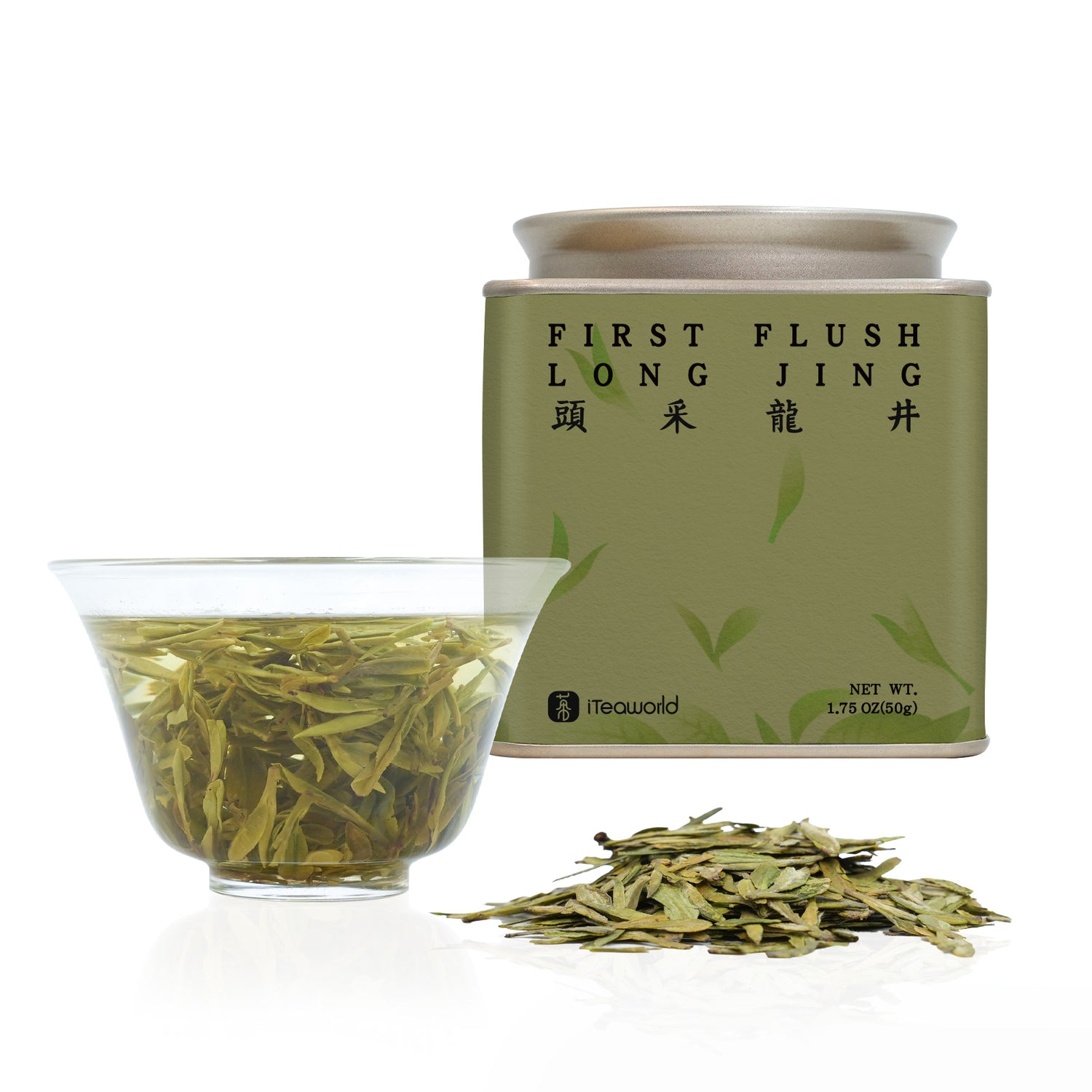
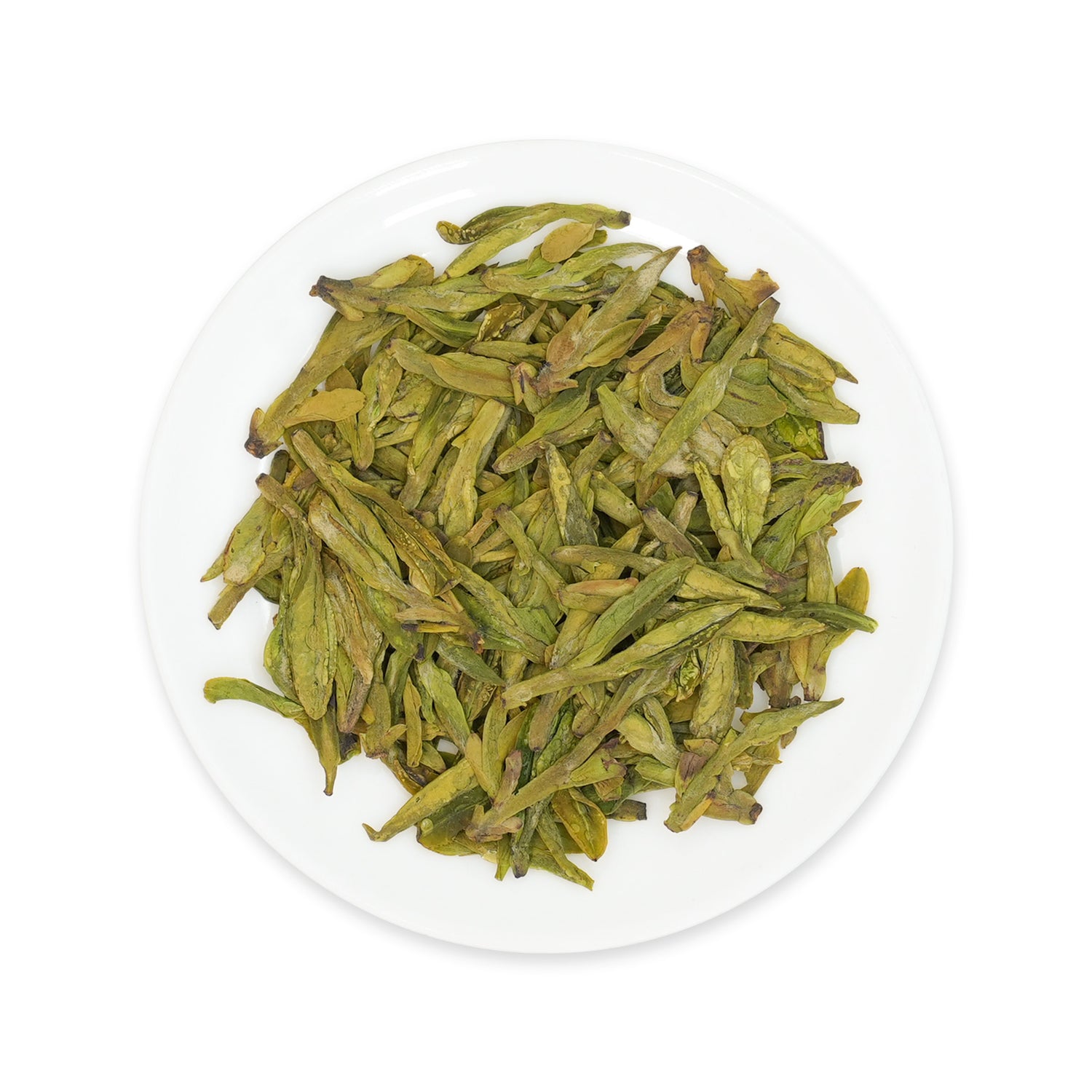
Зеленый чай Лунцзин первого сбора 2025 года, весенний, 50 г
Зеленый чай Лунцзин первого сбора 2025 года, весенний, 50 г
Весенний чай Лунцзин первого сбора 2025 года — ограниченный запас зеленого чая
Мы рады представить наш чай Longjing первого сбора ранней весны 2025 года, изготовленный вручную экспертом Мастером Шэн Цзянцзюнем. Обладая более чем 20-летним опытом приготовления чая и более чем 30-летней специализацией на чае Longjing, Мастер Шэн является настоящим хранителем традиционных методов приготовления чая. С 2011 по 2013 год он оттачивал свое мастерство в самом сердце региона производства чая Longjing, Мэйцзяу. Позже он основал собственную чайную мастерскую в Синчане, Чжэцзян, где начал создавать уникальный чай Xingchang Longjing, который мы с гордостью представляем вам сегодня.
Этот особый чай выращивают на высокогорных чайных плантациях в горах региона Синчан провинции Чжэцзян. Сбор урожая происходит примерно 25 марта, что делает его первоклассным зеленым чаем первого сбора — собранным рано, нежным и редким.
Подробная информация о продукте
Мастер: Шэн Цзянцзюнь (20 лет опыта)
Сорт чая: группа местных сортов Синчан
Происхождение: Шэнчжоу, Чжэцзян, Китай | Высота 600-800 м
Сбор урожая: первая весна 2025 г. Сбор (стандартно 1 почка + 1 лист)
Дата производства: Изготовлено около 25 марта 2025 г.
Ограниченная доступность: доступно только 50 упаковок по 50 г каждая.
Почему наш урожай ранней весны выделяется
Откройте для себя вершину мастерства создания весеннего чая с нашим лимитированным чаем первого сбора 2025 года «Лунцзин». Собранные в конце марта с самых молодых почек вековых чайных кустов, эти нежные листья передают суть сезона с непревзойденным цветочным ароматом и бархатистой мягкостью.
Xinchang против West Lake: Скрытая жемчужина
Мы закупаем исключительно в Синьчане, Чжэцзян — нетронутом горном регионе на высоте более 2000 футов над уровнем моря. В отличие от переполненных плантаций Западного озера, наши органические чайные сады процветают на свежем воздухе и богатой минералами почве, давая более чистую, хрустящую чашку с тонкими медовыми оттенками.
Старинные чайные кусты: Лаборатория Nature's Flavor
Наши 50+ летние сорта чая-реликвии (Longjing Quntizhong) — это OG зеленого чая. Эти выносливые растения адаптируются к горному микроклимату, создавая сложные слои вкуса — представьте себе свежие каштановые ноты с длительным послевкусием орхидеи. Идеально подходит для ценителей чая, ищущих подлинное качество мелкосерийного производства.
Настоящий зеленый чай с тройным ароматом жасмина
Почувствуйте настоящее искусство жасминового чая с нашим тщательно созданным тройным ароматом зеленого жасминового чая. Многие жасминовые чаи на рынке могут содержать чрезмерное количество сушеных цветов или не иметь традиционного процесса ароматизации. Наш чай отличается — он разработан, чтобы предложить хорошо сбалансированный аромат и вкус, обеспечивая подлинное знакомство с жасминовым чаем по разумной цене.
Почему стоит выбрать этот чай?
Традиционный процесс ароматизации: Мы используем свежие цветы жасмина из Гуанси Хэнсянь, известные своей чистотой и ароматом. Ароматизированный три раза, с 3 фунтами цветов на 1 фунт чая, этот процесс обеспечивает нежную, но стойкую цветочную эссенцию.
Премиальная чайная основа: Зеленая чайная основа — это высококачественный Biluochun, изготовленный из одной почки и двух листьев. Это создает мягкий, изысканный вкус зеленого чая, который идеально дополняет жасмин.
Сбалансированный вкус: Идеально подходит для тех, кто ищет гармоничное сочетание цветочных и чайных нот. Аромат жасмина элегантный, не подавляющий, позволяющий проявиться как естественной сладости чая, так и аромату цветка.
Длительный настой: всего 2 г чая на 100 мл воды, наш жасминовый чай можно заваривать до пяти раз, при этом цветочные ноты сохраняются даже в окончательном настое.
Профессиональное мастерство: мастер-чайник г-н Рен с 15-летним опытом работы использует свои глубокие знания и страсть, чтобы гарантировать, что каждая партия соответствует самым высоким стандартам качества.
Вкусовой профиль
Наш жасминовый чай имеет живой аромат жасмина с тонкой сладостью, наложенный на освежающий зеленый чай. Чайный ликер имеет яркий желто-зеленый цвет, а вкус легкий, но полный, с длительным сладким послевкусием.
Идеально подходит для тех, кто пьет его каждый день, дарит подарки или ищет сбалансированный жасминовый чай, не жертвуя качеством ради цены.

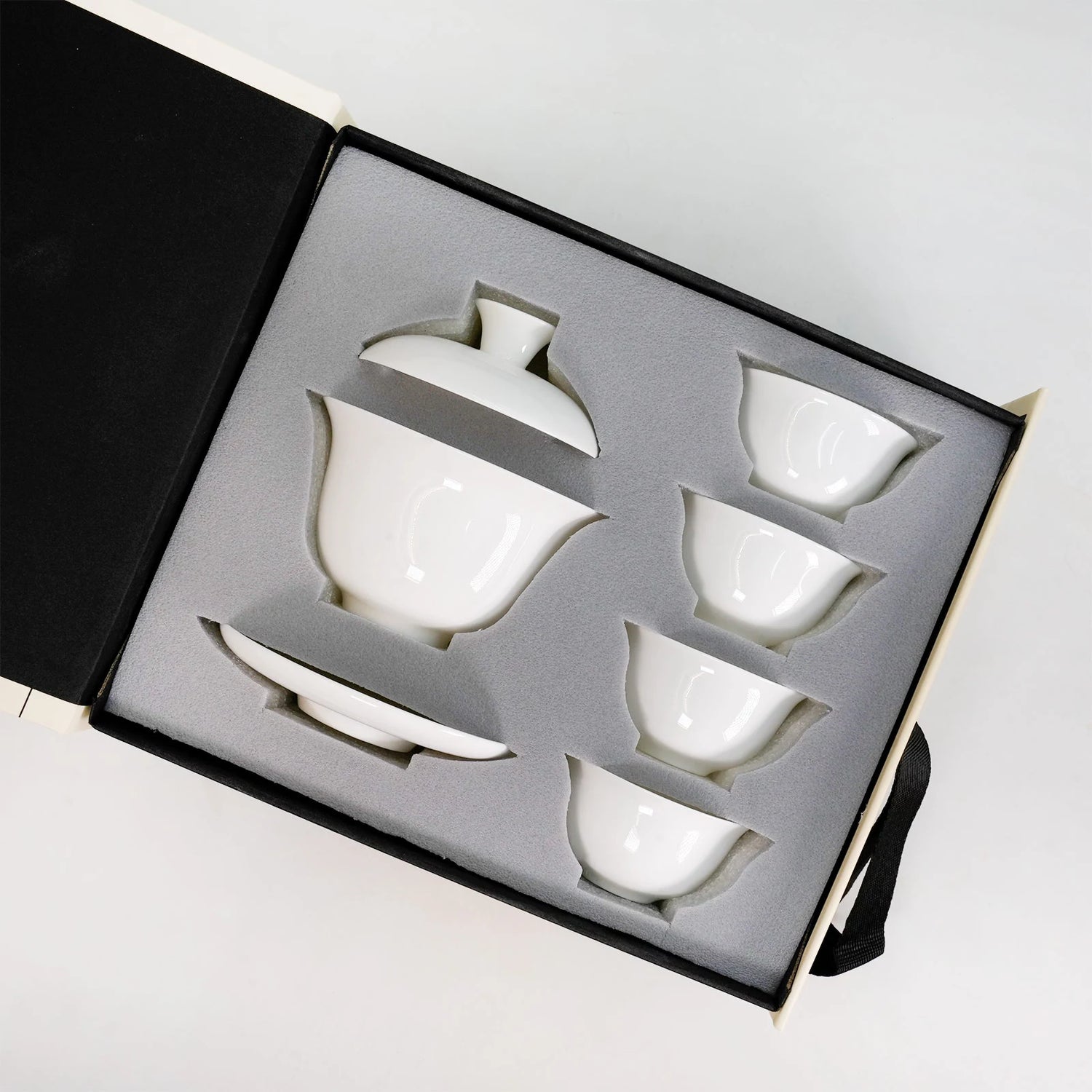
Гайвань из костяного фарфора 110 мл – подходит для новичков и ориентирована на ароматы
От $12.99 USD
Цена за единицу товара заГайвань из костяного фарфора 110 мл – подходит для новичков и ориентирована на ароматы
От $12.99 USD
Цена за единицу товара заИзысканная гайвань из костяного фарфора 110 мл
Создано для аромата, комфорта и осознанного заваривания
Обзор продукта
Материал: костяной фарфор
Состав: изготовлен в основном из костной золы (кальцинированные кости животных, ≥30%), каолина, кварца и полевого шпата.
Происхождение: Чаочжоу, Гуандун, Китай.
Толщина костяного фарфора: 1,5–2,5 мм
Гайвань
-
Емкость: 110 мл
-
Размеры: диаметр 7,8 см, высота 7 см.
-
Вес: 74,1 г
Чашка
-
Емкость: 32 мл
-
Размеры: диаметр 5,2 см, высота 3 см.
-
Вес: 14 г
Доступные наборы
-
Вариант 1: Одна гайвань из костяного фарфора объемом 110 мл
-
Вариант 2: Одна гайвань из костяного фарфора объёмом 110 мл + Четыре чашки из костяного фарфора объёмом 32 мл
Мастерство изготовления костяного фарфора
-
Процесс обжига: низкотемпературный обжиг бисквита с последующим высокотемпературным обжигом глазури (~1200°C)
-
Внешний вид: Гладкая молочно-белая глазурь с тонкой, нежной текстурой.
-
Двойной обжиг: сначала обжигается без глазури для стабильности формы, затем покрывается глазурью и повторно обжигается при высоких температурах — сложный процесс с относительно низким выходом готового изделия.
-
Прозрачность и тон: Тонкий корпус полупрозрачен благодаря содержанию костной золы. При постукивании по нему издаётся чёткий, похожий на колокольчик звук.
Как костяной фарфор влияет на вкус чая
Преимущества:
-
Нейтральная и стабильная: химически инертная глазурь не впитывает аромат и вкус, что делает её идеальной для ароматизированных чаёв, таких как улун и даньцун. Сохраняет чистоту и детализацию аромата.
-
Быстрое рассеивание тепла: тонкие стенки быстро отдают тепло, предотвращая чрезмерное заваривание нежного зелёного и белого чая. Сохраняет свежесть и чистоту напитка.
Ограничение:
-
Слабо удерживает тепло: не подходит для чаев, требующих длительного воздействия высоких температур (например, выдержанный пуэр), если только их не заливать сразу.
Рекомендуемые чаи для этой гайвани из костяного фарфора
1. Ароматные улуны
(например, Уи-рок-улун, Даньцун, Те Гуань Инь)
✅ Неабсорбирующая глазурь сохраняет цветочные, фруктовые и жареные ароматы
✅ Быстрое рассеивание тепла предотвращает чрезмерное улетучивание ароматических соединений
2. Нежные зеленые чаи
(например, Лунцзин, Билуочунь)
✅ Быстро охлаждает, предотвращая ожоги нежных бутонов, сохраняя свежесть
✅ Гладкая глазурь усиливает сладкий, насыщенный вкус умами характер напитка.
3. Высококачественные молодые белые чаи
(например, Серебряная игла, Белый пион)
✅ Нейтральная поверхность сохраняет натуральные медовые и цветочные ноты.
✅ Легкая глазурь подчеркивает золотистый оттенок напитка и нежные пушистые почки.
4. Ароматные черные чаи
(например, Цзинь Цзюнь Мэй, Дяньхун)
✅ Сохраняет сладкие и медовые ароматы для более полного вкуса
✅ Прозрачный корпус улучшает визуальную четкость — «золотые кольца» выглядят более яркими
Заключение
Эта гайвань из костяного фарфора идеально подходит для ароматных, нежных и насыщенных чаёв . Она сочетает в себе невпитываемость, быстрое остывание и прозрачность, раскрывая истинный характер каждого настоя.
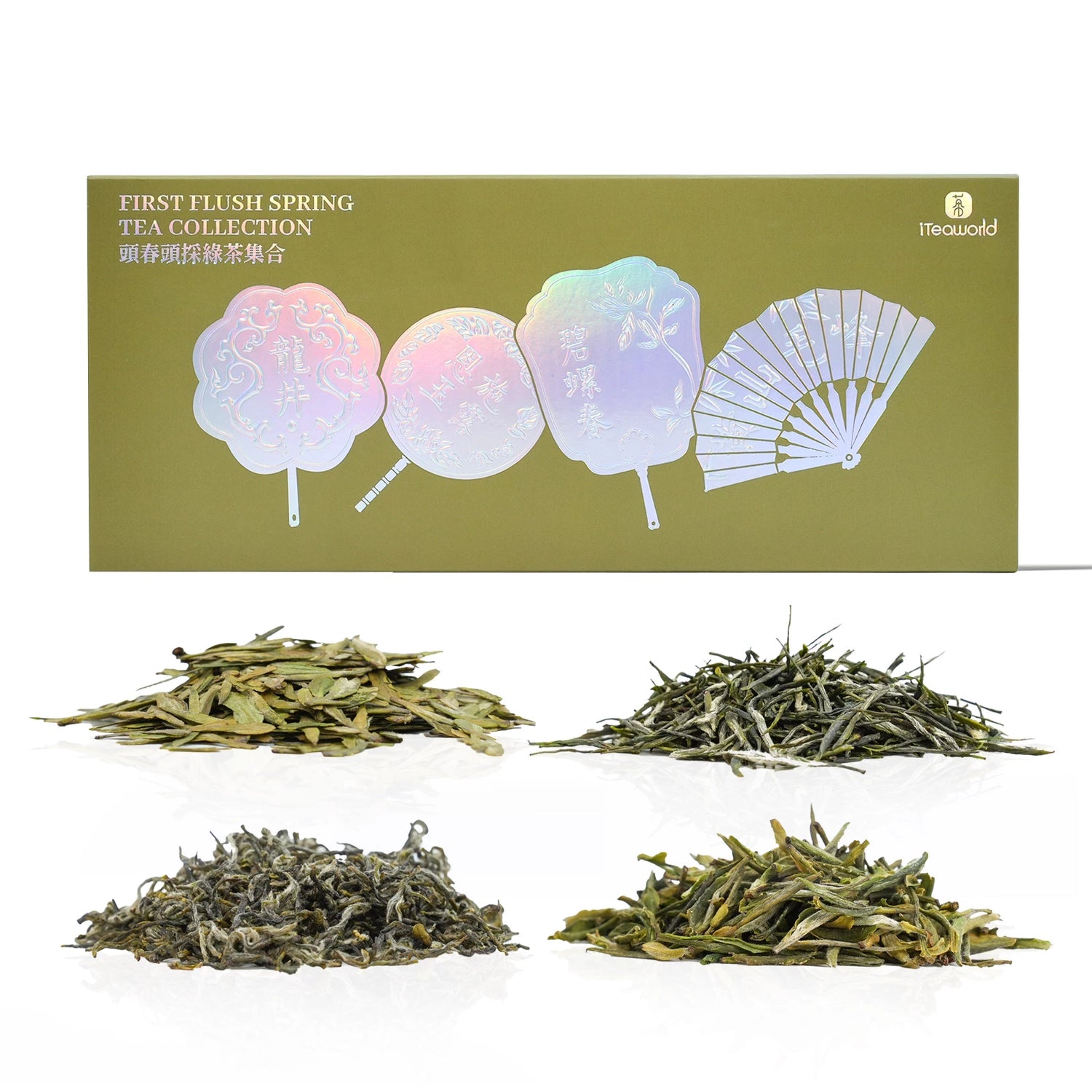
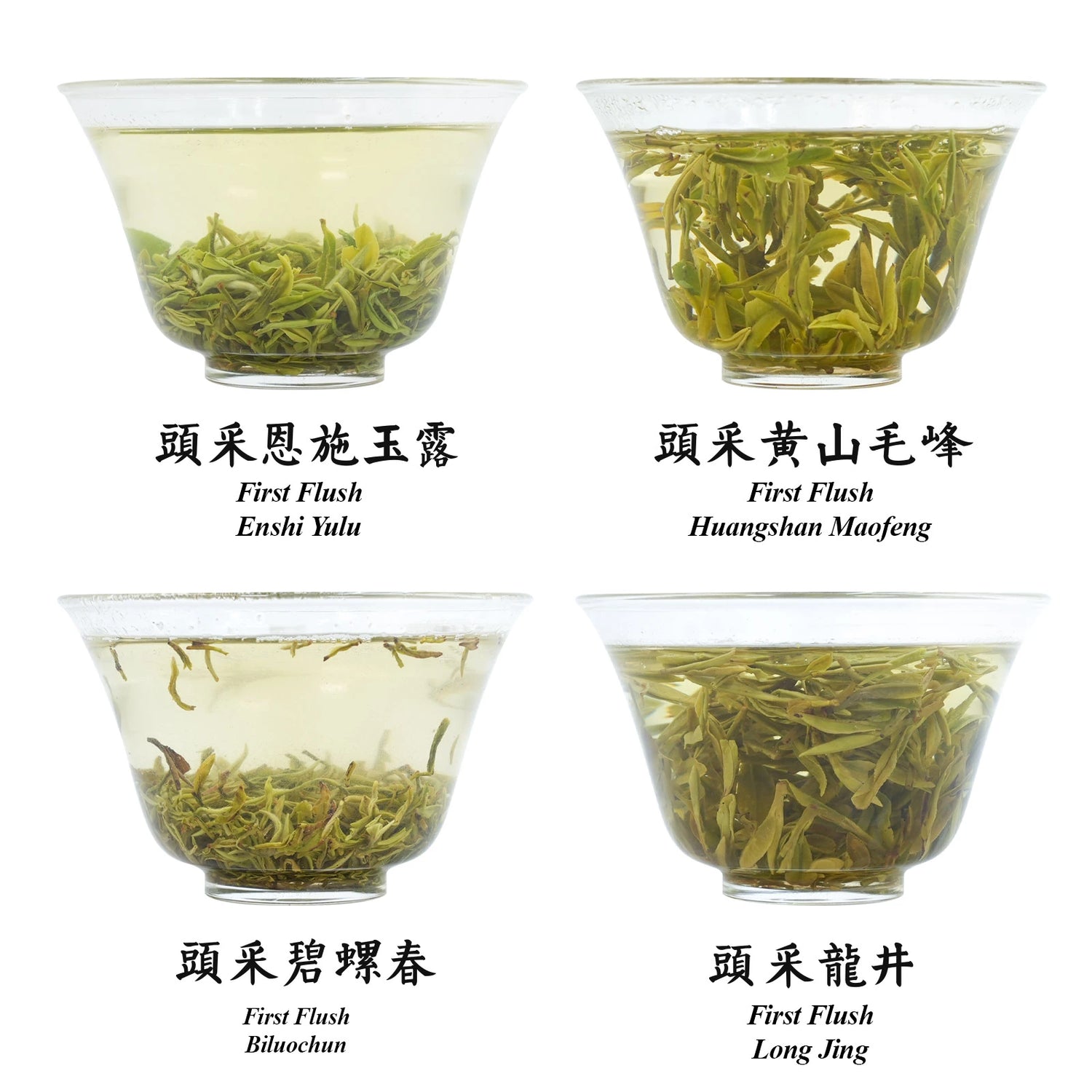
Весенняя коллекция чая первого сбора 2025 года 100 г
Весенняя коллекция чая первого сбора 2025 года 100 г
Весенняя коллекция чая первого сбора 2025 года: Билочунь, Лунцзин и другие
Мы рады представить вам уникальный чайный опыт: коллекцию зелёного чая первого урожая ранней весны 2025 года. Этот специальный подарочный набор включает четыре самых любимых и культовых зелёных чая первого урожая Китая, предоставляя вам возможность насладиться всеми вкусами Лунцзина, Билочуня, Хуаншань Маофэна и Эньши Юйлу одновременно.
В комплект входит:
Лунцзин первого сбора 2025 года — весенний зелёный чай ручной работы (25 г)
Билуочунь первого сбора 2025 года — скрученный вручную зелёный чай (25 г)
Чай из высокогорных почек Хуаншань Маофэн первого сбора 2025 года (25 г)
Первый сбор 2025 года «Энши Юлу» — пропаренный чай «Нефритовая роса» (25 г)
Ограниченное количество: всего 100 наборов, каждый набор по 100 г (по 25 г каждого чая)
Почему стоит выбрать эту коллекцию?
Попробуйте четыре классических чая первого урожая в одной коробке. Любите ли вы зелёный чай или хотите погрузиться в китайскую чайную культуру, эта коллекция — идеальный выбор. От освежающего вкуса Лунцзина, цветочного аромата Билочуня, насыщенного послевкусия Хуаншань Маофэна до чистого и естественного аромата Эньши Юйлу — каждый чай дарит совершенно разные вкусовые ощущения, превращая его в настоящее путешествие для ваших вкусовых рецепторов.
Первый урожай — залог лучшего качества. Каждый чай в этой коллекции собран из первого урожая ранней весны 2025 года — вручную из самых молодых и свежих почек сезона, что гарантирует яркую свежесть и насыщенный аромат. Чаи первого урожая особенно редки и ценны: после окончания сезона найти их снова практически невозможно.
Поставки из лучших чайных регионов, искусное производство. Эти чаи из самых известных чаеводческих регионов Китая тщательно собраны опытными мастерами. Будь то фирменный аромат Лунцзина, цветочные ноты Билочуня, сладость Хуаншань Маофэна или освежающий вкус Эньши Юйлу — каждый чай — это шедевр, созданный мастером, выращенным в идеальных природных условиях.
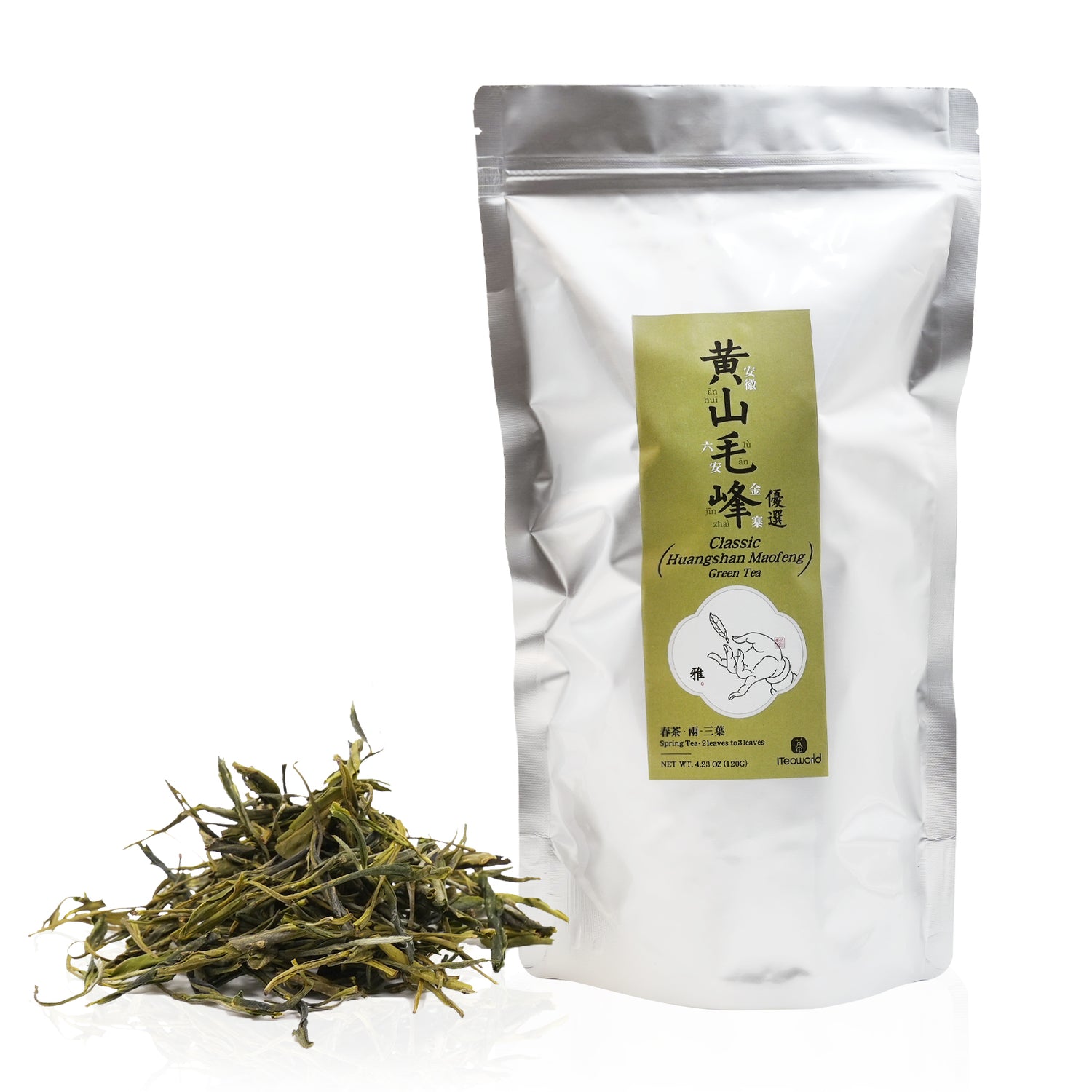
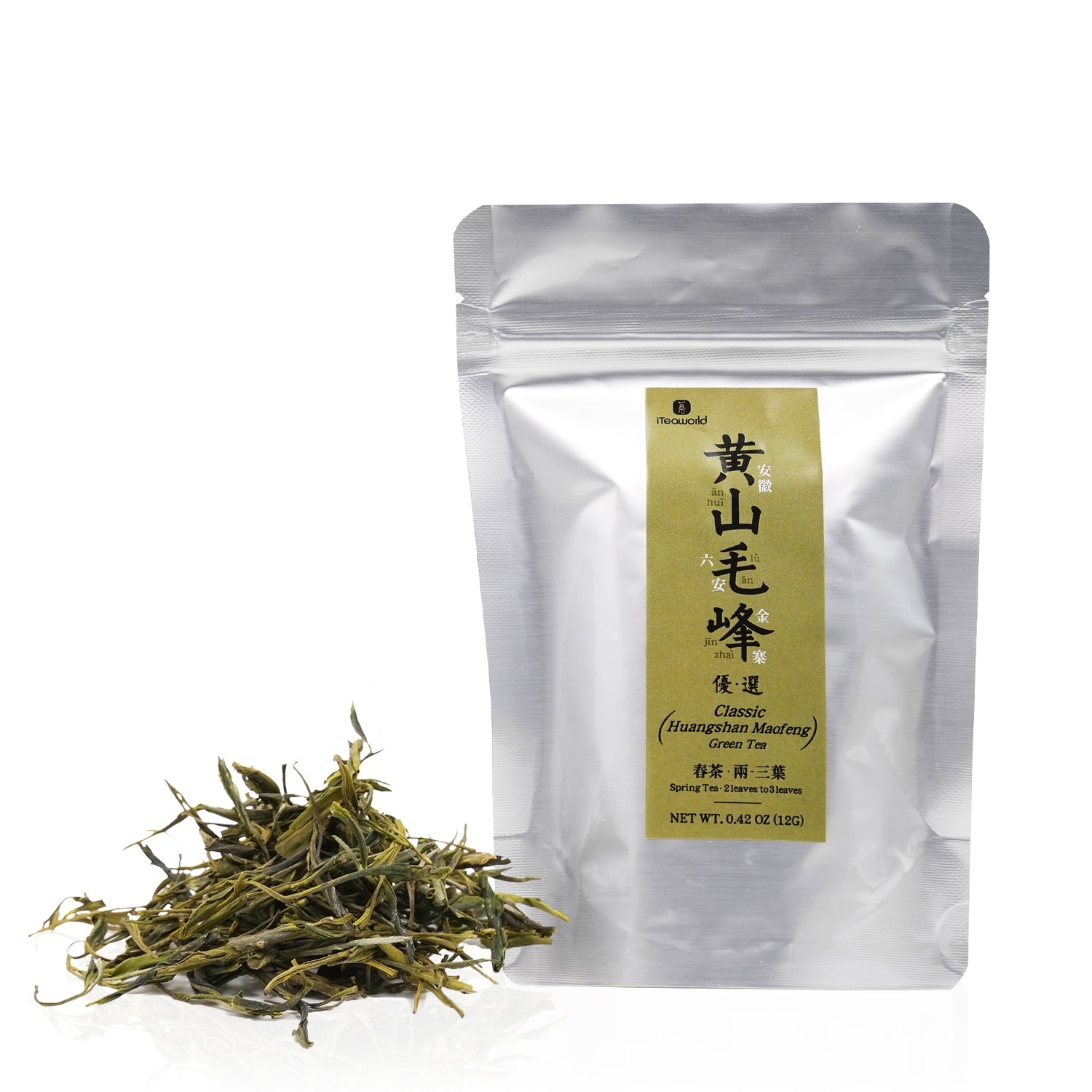
Зеленый чай Хуаншань Маофэн для ежедневного использования 120 г
Зеленый чай Хуаншань Маофэн для ежедневного использования 120 г
Зеленый чай Хуаншань Маофэн – высокогорный китайский зеленый чай с ароматом орхидеи
Хуаншань Маофэн — один из самых известных зеленых чаев в Китае, выращиваемый в специально отведенных регионах вокруг Хуаншаня (Желтые горы) в провинции Аньхой.
Этот чай выделяется своим элегантным внешним видом — листья покрыты тонкими белыми ворсинками, а кончики почек стоят вертикально, словно горные вершины, что и послужило причиной его названия «Маофэн», что означает «Меховая вершина».
Он обладает освежающим ароматом зеленого чая, тонким ароматом орхидеи и естественным сладким, мягким вкусом, что делает его классическим выбором как для ценителей чая, так и для новичков.
Почему стоит выбрать чай Хуаншань Маофэн?
-
✅ Высокогорное происхождение : собирается с 60-летних чайных деревьев на высоте 800 метров над уровнем моря, выращенных на богатой минералами галечной почве, идеально подходящей для получения насыщенных, сложных вкусов.
-
✅ Традиционное мастерство : чай тщательно обрабатывается чайными мастерами с использованием проверенных временем методов, чтобы сохранить свежесть и нежные нотки орхидеи в чае.
-
✅ Идеально подходит для новичков в зеленом чае : этот чай мягкий, с легким цветочным вкусом и совсем не горький — даже при длительном заваривании — что делает его одним из лучших китайских зеленых чаев для ежедневного употребления .
-
✅ Превосходное соотношение цены и качества : идеальный баланс между качеством и ценой , созданный для тех, кто хочет попробовать настоящий китайский чай, не переплачивая.
-
✅ Чистый вкус, стойкий аромат : в отличие от жареных зеленых чаев, Хуаншань Маофэн подчеркивает чистый вкус чайных листьев и тонкие цветочные нотки .
Кому стоит попробовать этот чай?
-
Любители зеленого чая изучают культовые китайские чаи
-
Новички, ищущие мягкий, сладкий зеленый чай
-
Покупатели, ищущие высококачественный и недорогой чай
-
Те, кто любит освежающие цветочные чаи без горечи
Инструкции по завариванию
Китайский стиль Гунфу:
-
Температура воды: 80°C–85°C (176°F–185°F)
-
Соотношение чая и воды: 1:40
-
Время заваривания: 15–30 секунд
-
Повторное заваривание: до 5 раз
Западный стиль заваривания:
-
Температура воды: 85°C (185°F)
-
Соотношение чая и воды: 1:50
-
Время заваривания: 2–3 минуты
-
Повторное заваривание: 2–3 раза
Знакомство с исинскими глиняными чайными питомцами: исинские глиняные чайные питомцы — это небольшие глиняные фигурки, выращенные с помощью чая, призванные добавить немного веселья и очарования в процесс чаепития. Изготовленные из того же материала, что и исинские чайники, эти чайные питомцы со временем впитывают чай, становясь более гладкими и насыщенными по цвету с течением времени.
Как ухаживать за питомцами из исинского глиняного чая:
Питайте питомца чайной водой: ухаживая за ним, всегда используйте чайную воду, а не обычную воду.
Избегайте длительного замачивания: не оставляйте своего чайного питомца замоченным в чайной воде слишком надолго, так как это может привести к потере блеска его поверхности.
Регулярная чистка: ежедневный уход включает в себя удаление пятен от чая и периодическую полировку чайного домика салфеткой для поддержания его блеска.
Следите за перепадами температур: не перемещайте чайного питомца из горячей воды в холодную среду, так как резкие перепады температур могут привести к появлению трещин.
Избегайте прямых солнечных лучей: не допускайте длительного воздействия солнечных лучей на вашего чайного питомца, чтобы предотвратить выцветание.
Дайте ему отдохнуть: давайте своему чайному питомцу время от времени перерывы, давая ему высохнуть естественным образом после периодов ухода.
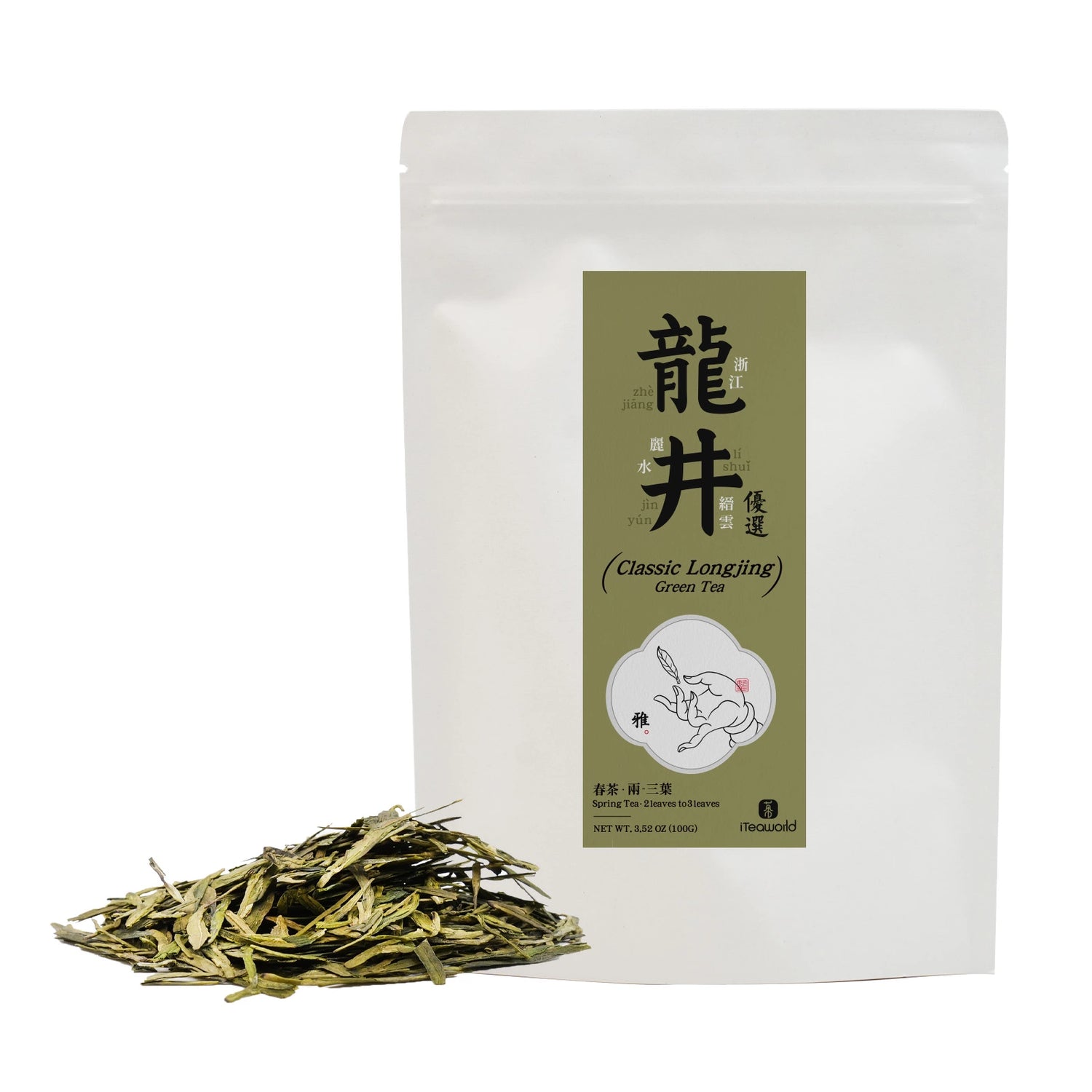
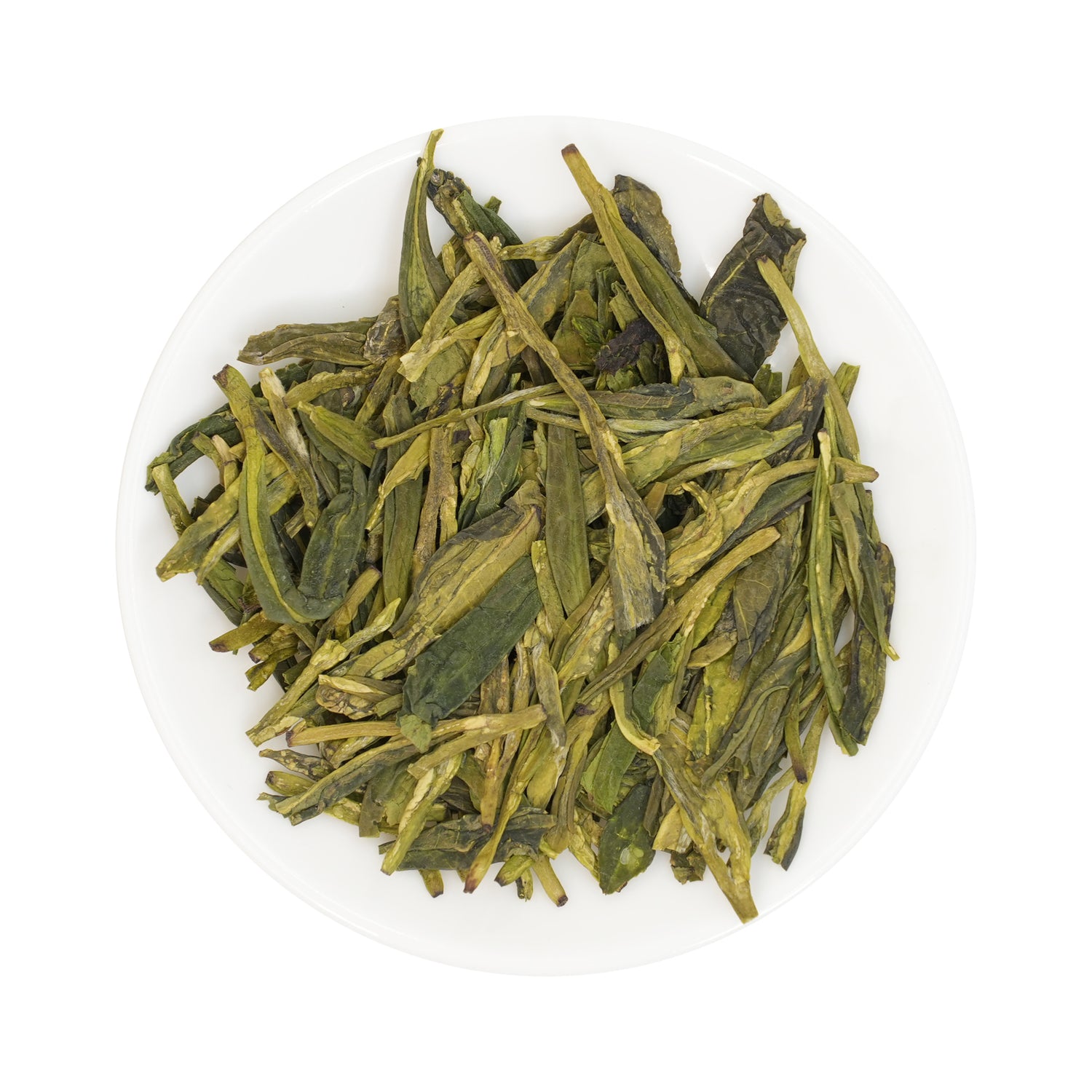
Зеленый чай Лунцзин для ежедневного использования 100 г
Зеленый чай Лунцзин для ежедневного использования 100 г
Мы заметили, что многие популярные чаи Лунцзин — это сорта «ножевой резки». Эти зеленые чаи производятся из листьев, срезанных после ручного сбора высококачественных чаев. В результате они содержат больше стеблей, а листья часто неполные, что дает более слабый вкус и, возможно, происходит от неаутентичных сортов Лунцзин. Мы хотели предложить чай Лунцзин, который обеспечивает подлинный вкус, разнообразие и мастерство по цене начального уровня, позволяя большему количеству людей ощутить истинные вкусы этого культового чая.
Почему стоит выбрать наш Лунцзин?
Мастерство: Наш чай, изготовленный вручную мастером Лунцзин с более чем 30-летним опытом, сочетает в себе традиционные методы и современную утонченность.
Сезонный выбор: Мы выбрали чай 谷雨茶 (Зерновой дождь) , который собирают сразу после чая Цинмин. Разница во вкусе минимальна, но цена значительно более доступная.
Высокогорное качество: Наш чай производится из сорта реликвии Лунцзин провинции Чжэцзян Лишуй. Климат и большая высота (900-1000 метров) предлагают условия, похожие на Западное озеро, но с превосходной ценой и качеством.
Листовой сорт: этот чай, отобранный за свою высокую сортность (одна почка, два листа), собран из самого свежего весеннего урожая 2024 года. Он идеально подойдет тем, кто любит чистый, освежающий вкус с характерными нотками каштана и бобов.
Точный ручной сбор: каждая партия собирается вручную, чтобы исключить наличие стеблей и минимальное содержание чайной пыли, что гарантирует более чистый настой с подлинным вкусом.
Этот чай идеально подходит для:
Любители чая, ищущие подлинный опыт приготовления чая Лунцзин с превосходным мастерством и вкусом,
Людям, которым требуется легкая доза кофеина, поскольку содержание кофеина в «Лунцзине» умеренное, что помогает сосредоточиться и повысить бдительность.
Любителям чайной культуры, ведь Лунцзин — один из 10 самых известных сортов чая Китая с богатой историей и традициями.
Если вы ищете аутентичный ассортимент, мастерство и вкус начального уровня в Чжэцзянском лунцзине, то это самый экономически выгодный вариант, который мы смогли найти!
Recently viewed products
Chat with fellow tea lovers, ask questions, and share your tea moments.





